China is a huge country with millennia of culinary tradition. Its many regional cuisines feature a striking variety of ingredients and flavors, and that includes types of Chinese veggies as much as anything.
In this article, we’ll go through a list of vegetables that are Chinese. We’ll talk about what they are, what they taste like, and what kind of dishes they’re often used in.
Maybe you’ll feel inspired to try some of them out afterward!
1. Bok Choy (白菜)
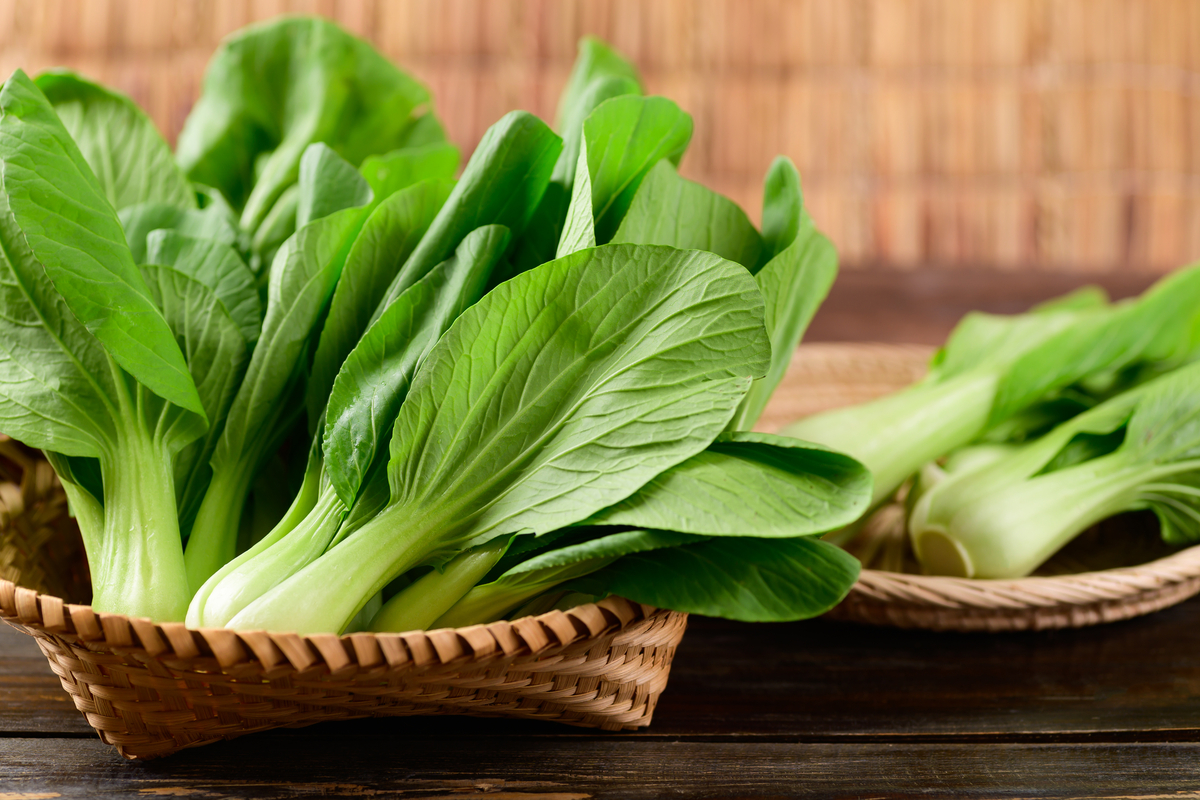
The name of this vegetable literally just means “white vegetable” in Chinese, though it’s partly green as well as white.
Bok choy is how the name is pronounced in Cantonese.
In Mandarin, it’s usually called “green vegetable” (qīng cài), and the term “white vegetable” refers to a different vegetable.
It’s actually a variety of Chinese cabbage, though it’s not typically called that – we’ll see the vegetable that frequently goes by that name later on this list.
While it’s a popular vegetable in warm climates (like Southern China, where it originated), it’s also grown in colder parts of the world since it resists the cold well.
This now includes Northern Europe, too.
It’s often steamed and stir-fried, with the dark-green leaves cooking more quickly than the white stem.
The leaves are used similarly to other leafy greens, and the stems are frequently found in soups and stews, as well stir-fries.
When raw, they’re 95% water – that’s very nearly the same as a cucumber, which is 96% water.
However, it is still a good source of the vitamins A, K and C, as well as containing folate, vitamin B6, and calcium.
2. Gai Lan (芥兰)
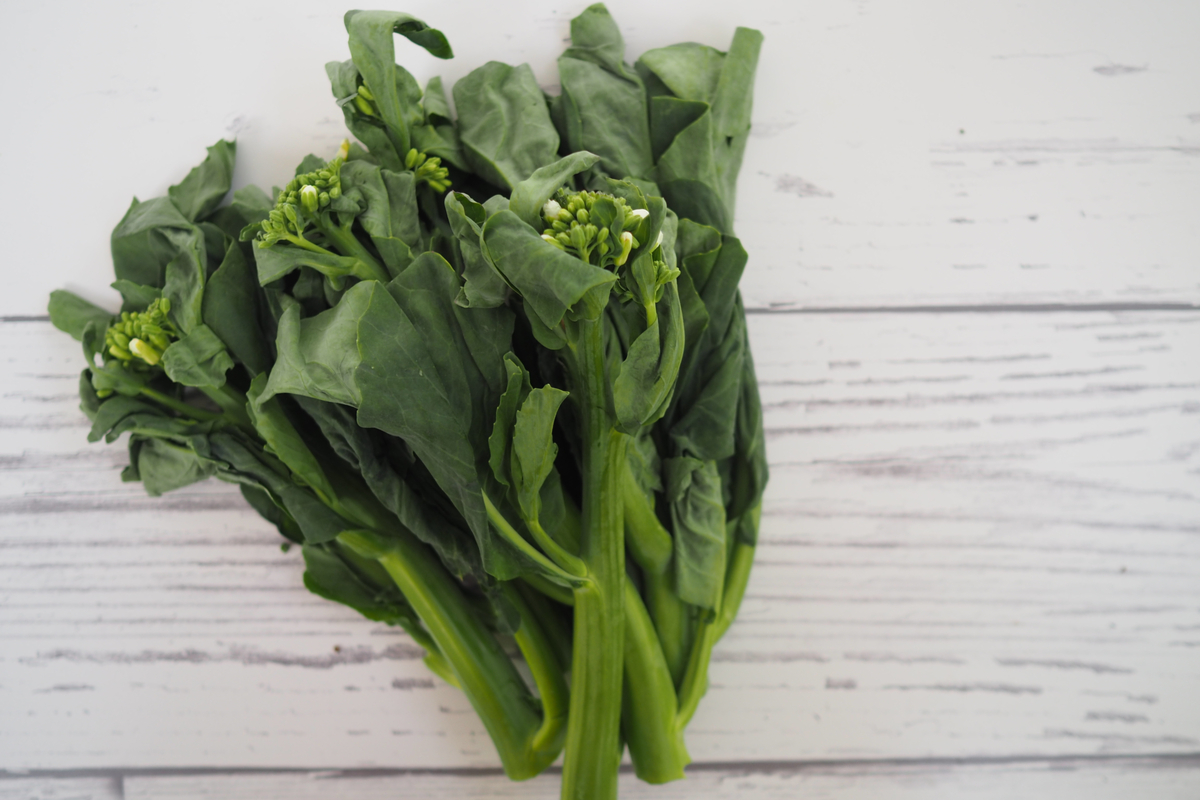
Gai lan is known as jiè lán in Mandarin – both names literally mean “mustard orchid”.
Despite that name, it doesn’t taste anything like mustard – instead, it’s a somewhat bitter tasting vegetable.
In English, it’s also sometimes called “Chinese broccoli” or “Chinese kale”. Its taste is noticeably stronger than western broccoli, however.
You might have eaten the vegetable broccolini, which is actually a hybrid between gai lan and broccoli.
Gai lan is very similar to broccolini, with the main difference being that it has green leaves at the top of the stems rather than heads of broccoli.
It’s often stir-fried with garlic and ginger, or else boiled and served with oyster sauce.
One of the reasons that broccoli is so common in Americanized Chinese food (as in the classic beef and broccoli dish) is that Chinese chefs in America would (and sometimes still do) substitute broccoli for gai lan if they couldn’t get their hands on any stateside.
3. Chinese Cabbage (大白菜)
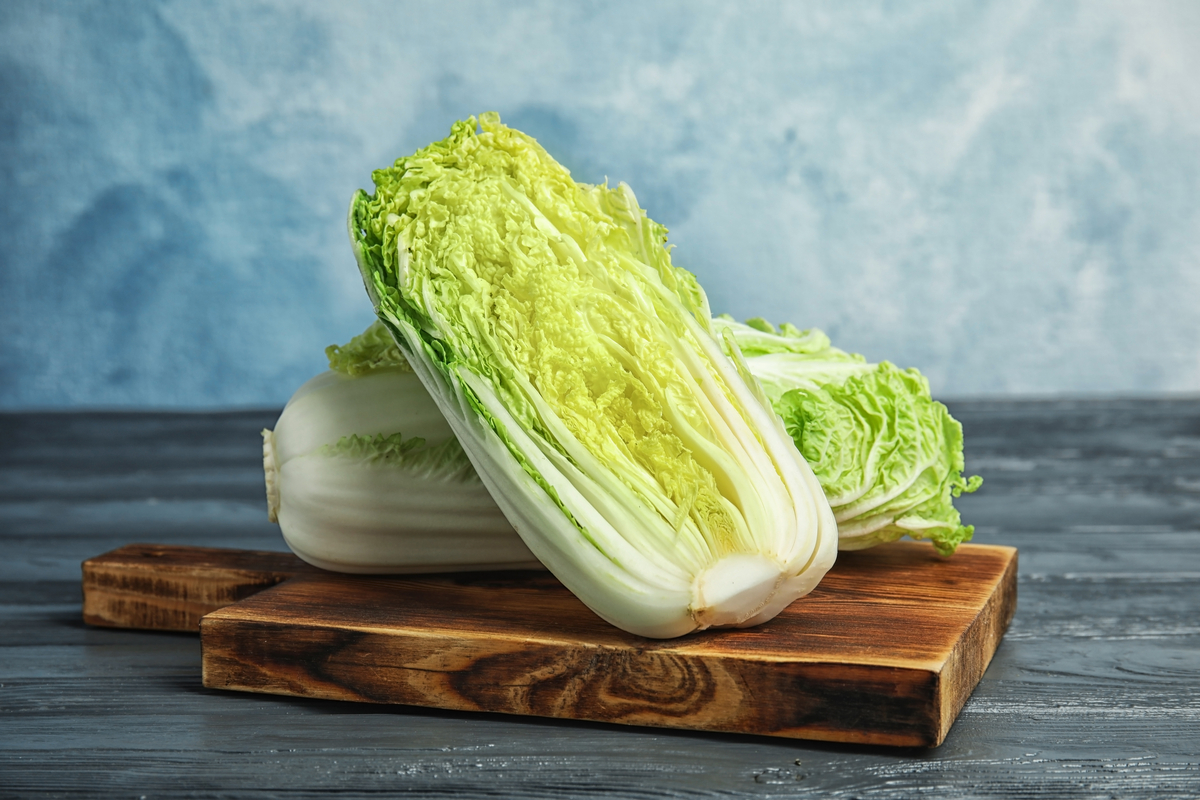
More specifically known as napa cabbage, this is one of the most commonly eaten vegetables in Northern China.
In Mandarin, it’s often known as dà bái cài (literally “big white vegetable”). Its leaves are lime green and densely packed.
The cabbage is also a symbol of prosperity in China, and is frequently made into glass and porcelain models.
The most famous of these is the Jadeite Cabbage in Taiwan’s National Palace Museum. Chinese
Cabbage is eaten in a variety of ways. In the Northeast of China, it’s commonly fermented to create food called suān cài, which is similar to sauerkraut.
Aside from that, it can regularly be found stir-fried or used in soups (the tougher outer leaves being particularly useful for this).
The leaves are also sometimes used to wrap meat in dumplings.
In Korea, the chopped leaves are one of the main ingredients in kimchi, the famous spicy fermented vegetable dish.
RELATED: Luscious Vegetables: 40 Different Types Of Asian Veggies
4. Bitter Melon (苦瓜)
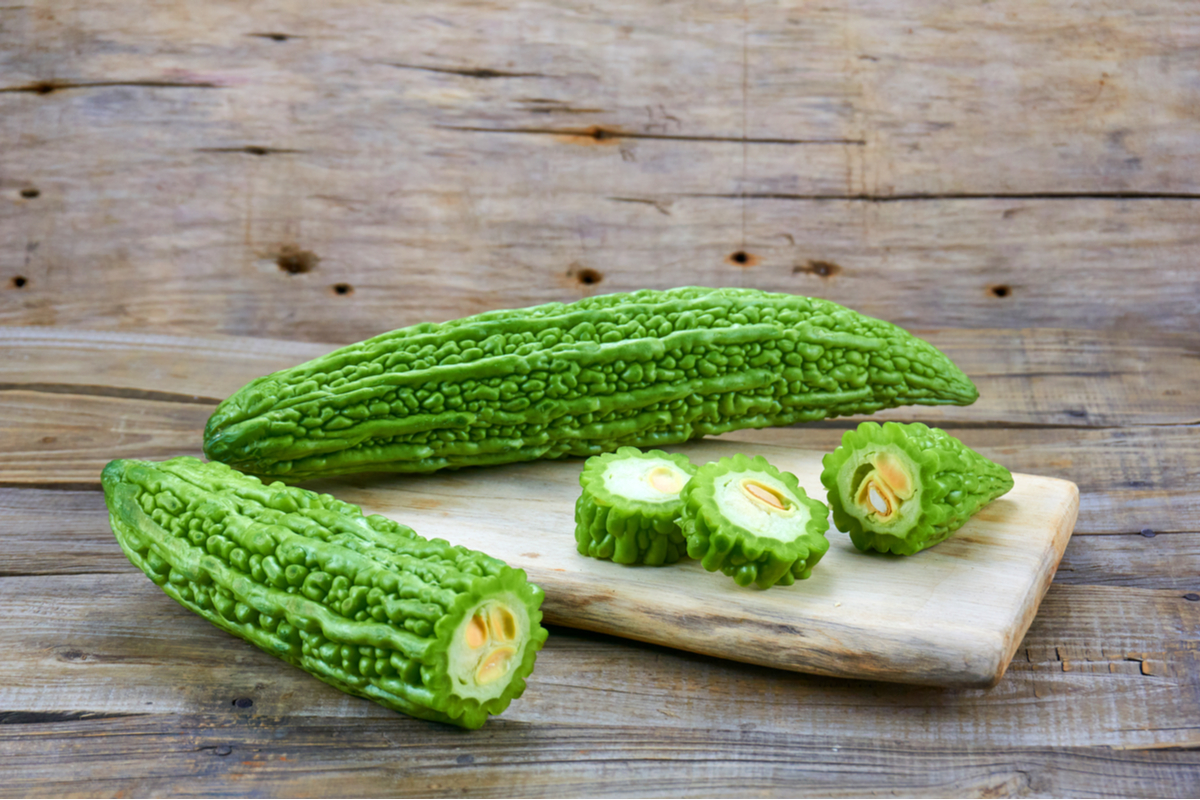
Also known by a variety of other names, bitter melon very much lives up to this particular name.
Most westerners will typically think of sweet fruits when they hear the word “melon”, but you’d be very disappointed if you bit into this expecting something like a cantaloupe!
The flesh tastes extraordinarily bitter – even more so when raw – and for that reason it’s usually served cooked.
In particular, it’s often stir-fried with pork and black beans, though it’s also fairly common to see it used in soups.
It’s also widely eaten in many ways across the Indian subcontinent.
It can be prepared as a pickle, eaten with yogurt, fried in spices, used as an ingredient in a curry, and many other preparations. While it is an acquired taste, it’s very popular in China.
5. Water Chestnuts (荸荠)
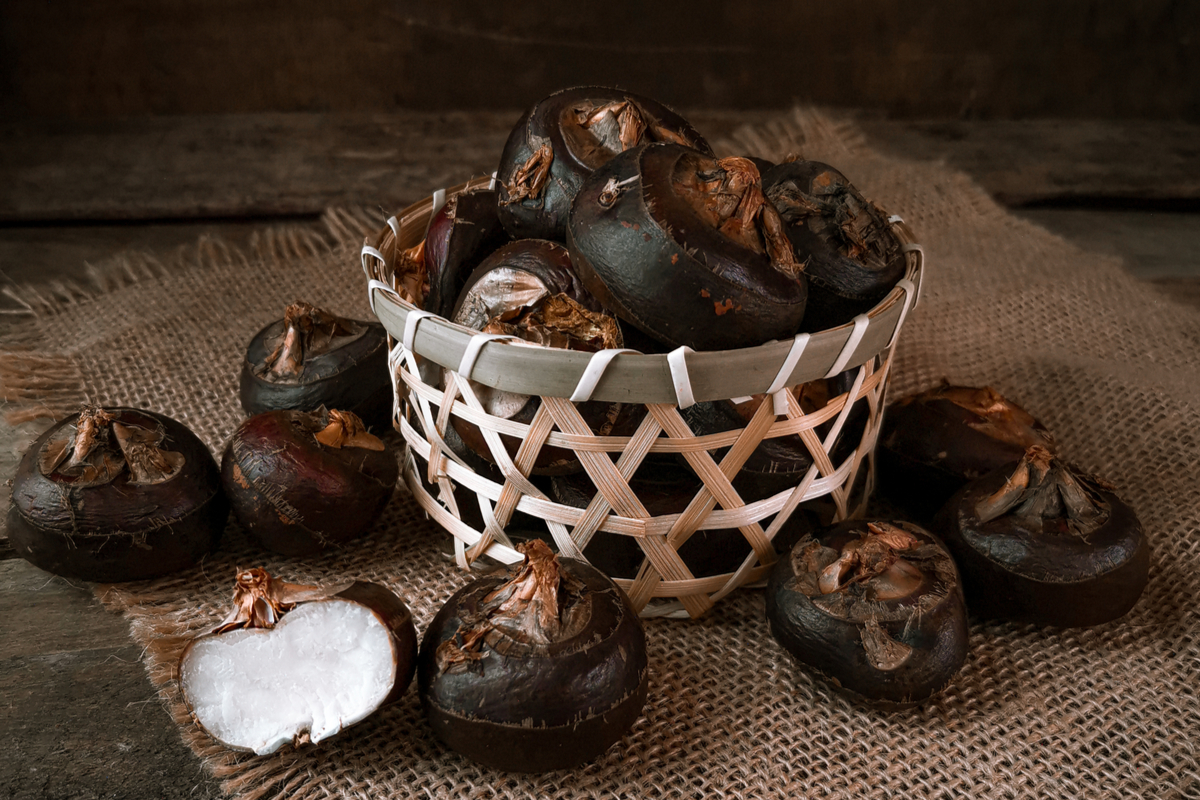
Water chestnuts, despite their name, are not nuts at all; they are in fact vegetables. To be more specific, they are a part of the roots of the plant they come from.
When eaten raw, they are crunchy and have a slight sweetness to them, though eating them raw can sometimes be a cause of bacterial infection.
If boiled, they taste mildly nutty, though this taste can easily be covered up by other seasonings used in the dish that they’re part of.
Their crunchiness means that they’re sometimes added to ground meat dishes to add more texture.
Other than that, they’re often cooked with fragrant ingredients like ginger, sesame oil, and bamboo shoots.
They contain a lot less water than many other vegetables (only 74%) and a lot more carbohydrates (24%).
6. Mustard Greens (芥菜)
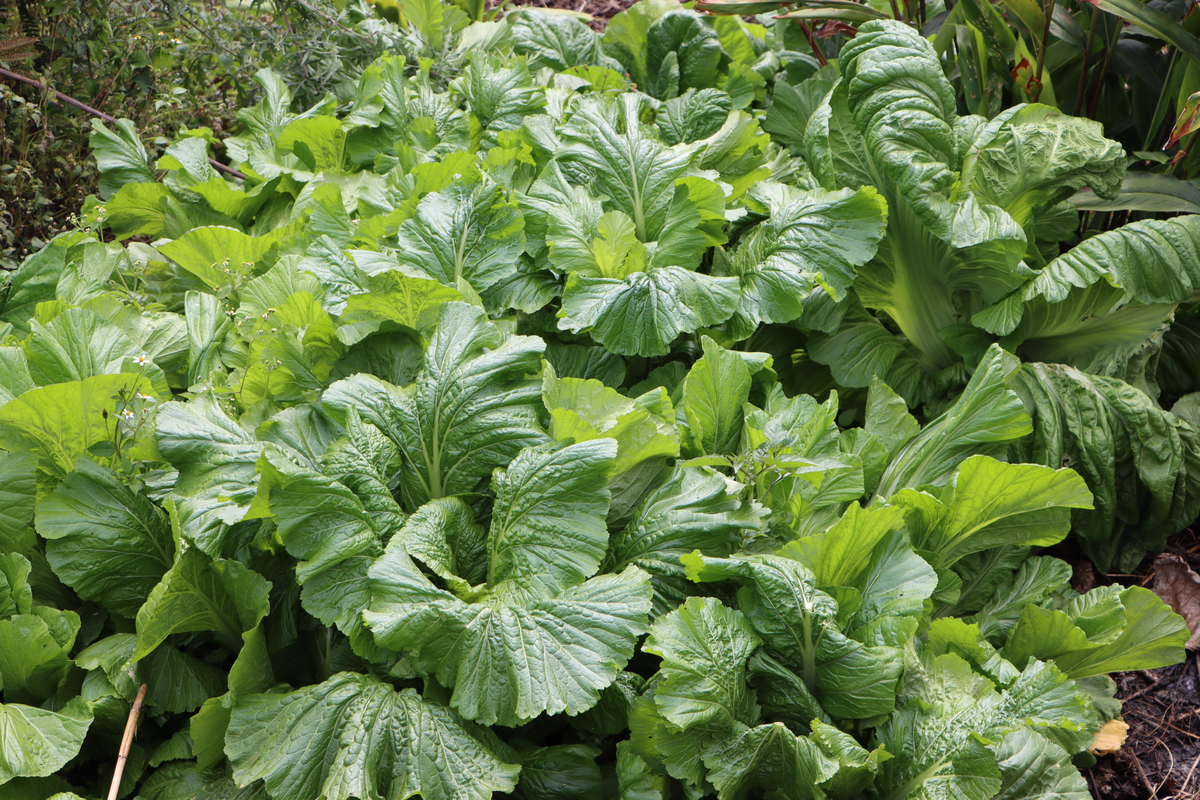
In China, the greens of a particular kind of mustard plant are often used in various ways as a vegetable.
This typically means that they’re either stir-fried or pickled.
There are many styles of this, but one is ya cai, a particular kind of pickled mustard greens from China’s Sichuan province.
It provides the irreplaceable flavor of several famous dishes from Sichuan cuisine, like dan dan noodles, and dry-fried green beans.
In Southeast Asia, mustard greens are sometimes cooked with tamarind, leftover meat, bones, and dried chilies to create a stew.
7. Chinese Water Spinach (空心菜)
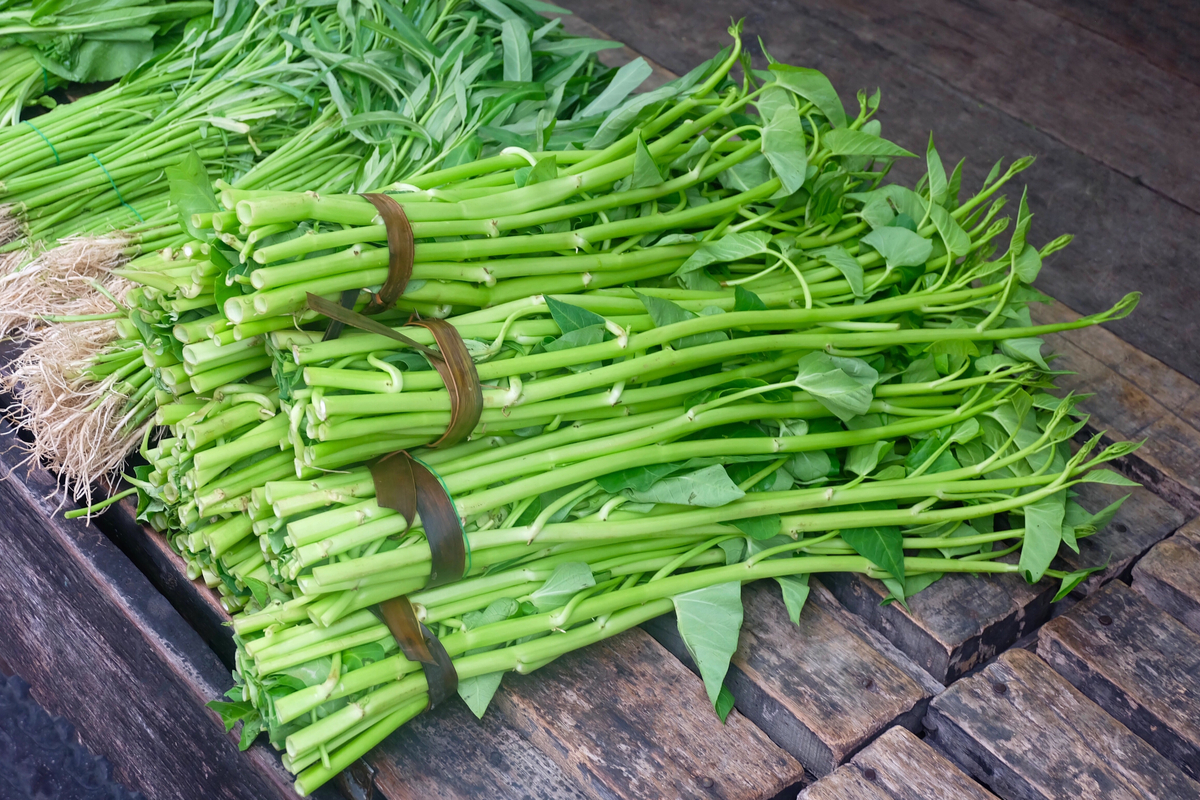
The Chinese name of this vegetable (kōng xīn cài) literally means “hollow heart vegetable” because the stems are hollow.
It’s sold in large bunches and the stalks can become quite long, sometimes as much as 18 inches.
For that reason, it’s usually chopped up to make it easier to cook, often by frying it with garlic and fermented bean curd (or also sometimes a kind of fermented shrimp paste).
This is to add flavor, which is otherwise light.
Young Chinese water spinach is also eaten quite frequently, and is very tender compared to the more fully developed form.
It’s also widely consumed across Southeast Asia.
In Thailand, it is frequently eaten raw as part of the famous Thai green papaya salad, though it is also frequently included in curries.
8. Chinese Celery (芹)
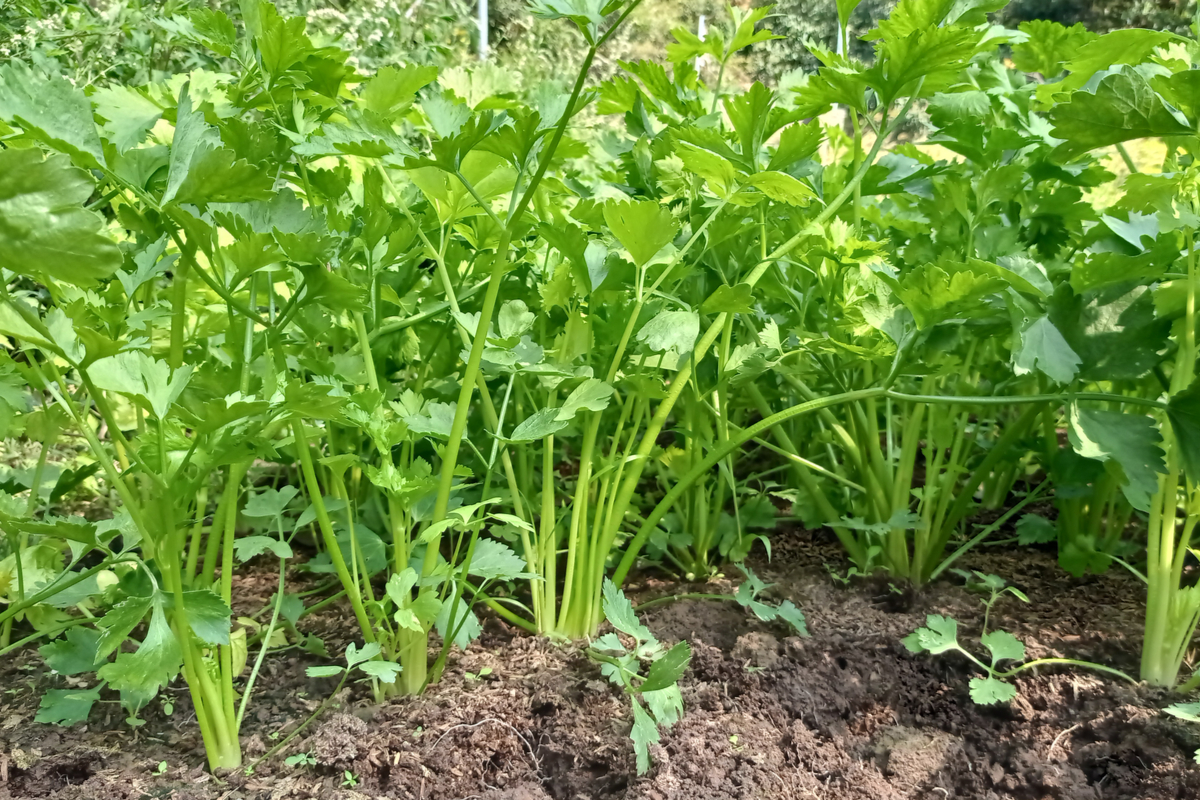
Chinese celery gets its name from the fact that it tastes like Western celery, although the taste is actually much stronger than in Western celery.
For this reason, the leaves are typically not eaten, as they’re very bitter.
The stems (which are thinner than with the Western variety) are regularly cut up and included as an ingredient in stir-fries.
If not cooked well, it can be quite tough, due to its high fiber content, though frying for a sufficient amount of time will soften it up.
9. Beansprouts (豆芽)
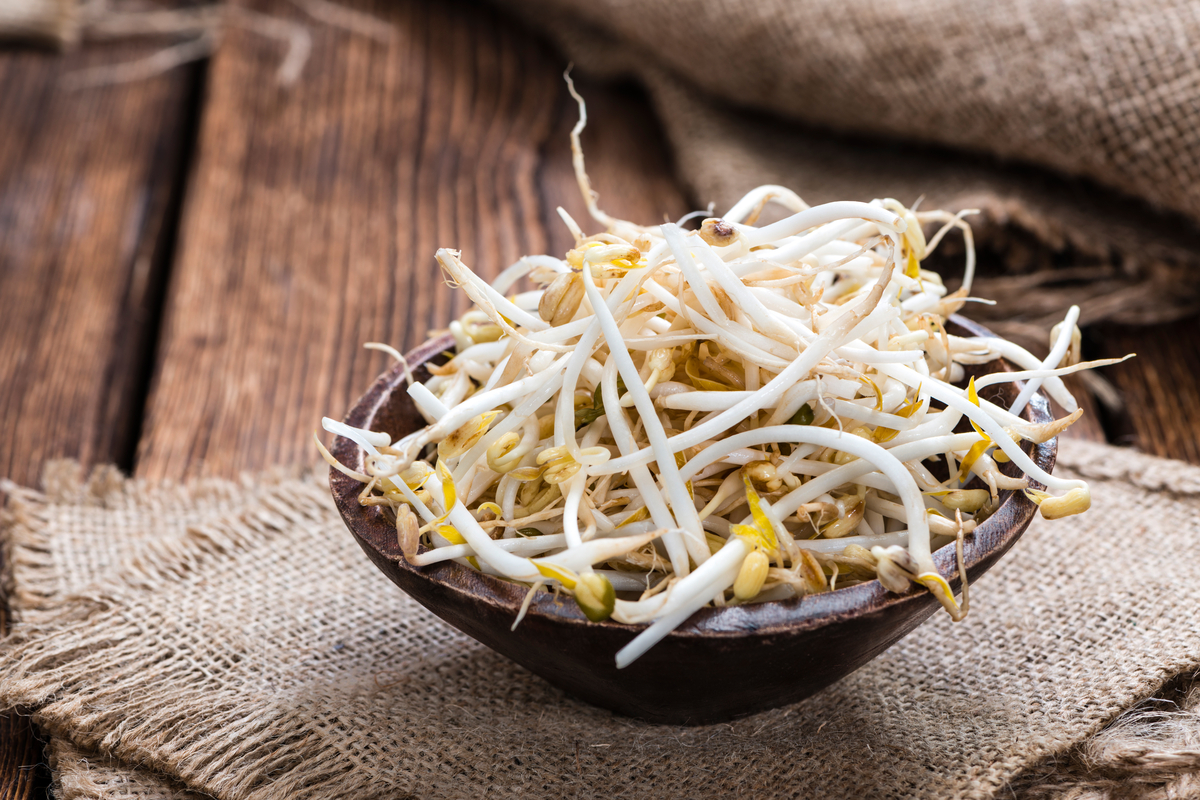
Sprouts from both soy beans and mung beans are commonly eaten in Chinese cuisine, as well as Korean cuisine.
They are often included in stir-fries, including fried rice, as well as in soups.
They add a crunch which can help to break up what might otherwise be a stodgy dish.
They are also sometimes boiled and then seasoned to serve as a side dish by themselves. In Korea, they are often an ingredient in pork bulgogi.
RELATED: Lean, Mean, and Dark Green: 15 Different Types Of Dark Green Veggies
10. Bamboo Shoots (竹笋)
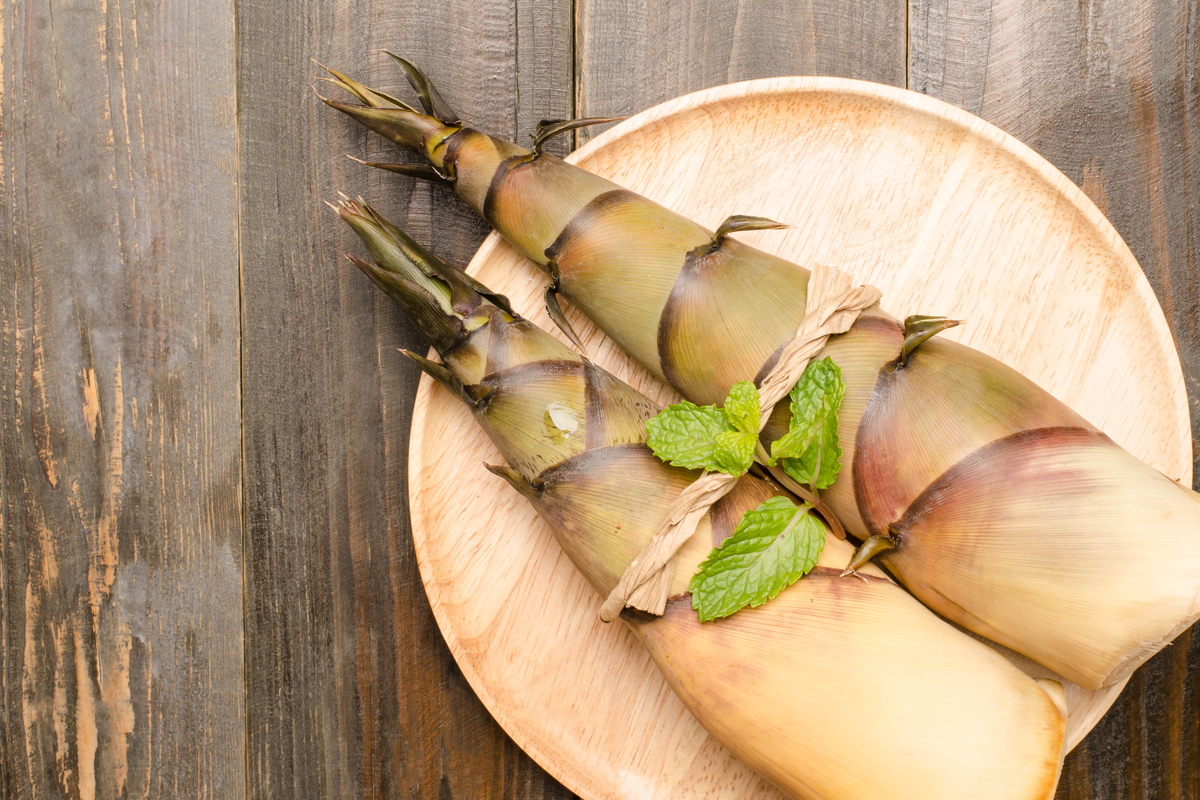
The shoots of various kinds of bamboo are used as vegetables in Chinese cuisine.
They cannot be eaten raw, as they contain natural toxins that can only be destroyed by the cooking (or canning) process.
For this reason, they’re usually boiled before being further prepared.
Since there are so many sorts of edible bamboo shoots with so many flavor profiles, there are countless different uses for them.
This includes use in soups, stir-fries, and more.
It is also sometimes pickled, and it is pickled bamboo shoots that give the dish known as luosifen (a dish of noodles and river snails) its (in)famously strong, sour smell.
They’re also consumed in many parts of Southeast Asia and the Indian Subcontinent, where they are also often fermented or pickled.
Final Thoughts
There you have it, a list of delicious Chinese vegetables.
Of course, it’s not an exhaustive list, and you might well find plenty of other Chinese vegetables to get to know and love as you dig deeper.
These vegetables have so many uses that it would take several books to describe all the ways that they can be used.
Nevertheless, you now know a few examples and know where to start looking if you want to find out some more.
Some are hard to find outside of China, but your local Asian grocery will be a good place to start looking.
With any luck, you’ll be an expert at cooking Chinese vegetables before too long!







